Easy-care houseplants are all the rage these days. And many plants that require little water or sunlight to thrive have bizarre physical characteristics. As these easy-care plants grow more popular, an expanding selection is cropping up at nurseries and garden centers. Here are eleven strange, but beautiful houseplants that are gaining traction in the age of the easy-care houseplant.
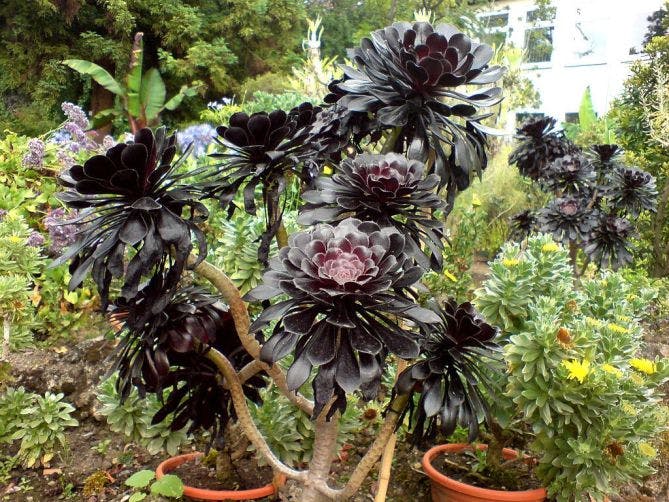
1. Black Rose succulent (aeonium arboreum ‘Zwartkop’)
Most black plants are black either because they’ve been charred or diseased. These perennial succulents, characterized by large burgundy leaves arranged in floral patterns, are an exception. This drought-tolerant plant require little water and only partial sunlight. Although greater sun exposure does help black rose succulents achieve their full dark-colored glory.
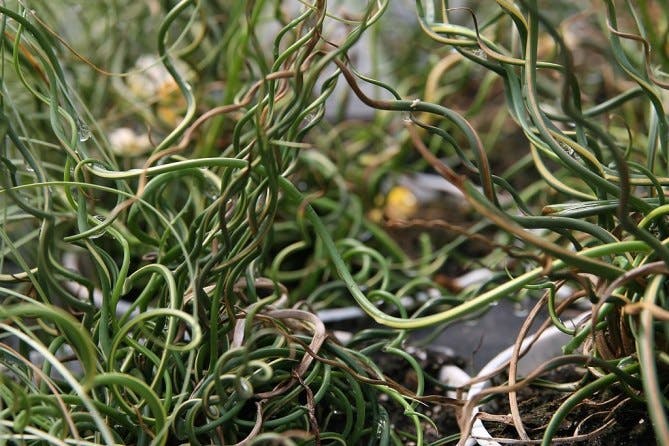
2. Corkscrew grass (juncus effusus ‘Spiralis’)
The only thing natural-looking about this trendy houseplant is the medium-green color of its stems. Corkscrew grass, or corkscrew rush, curls in a spiral pattern so elegant it’s hard to believe scissors aren’t responsible. Corkscrew grass is relatively hardy, but should be afforded as much natural sunlight as possible. Supplement sunlight with twice-weekly watering.
3. Wine cup (crassula umbella)
The leaves of this colorful succulent look kind of like wine glasses or mushrooms with flowers stemming from them. Crassula umbella thrive in sunlight, and should be watered thoroughly about once a week. For best results, allow soil to dry completely between waterings.
4. Dolphin succulent (senecio peregrimus)
It’s no surprise that virtually every houseplant enthusiast who catches wind of the senecio peregrimus wants one. The leaves of this hybrid succulent look remarkably like miniature, green jumping dolphins. A cross between the better-known candle plant (senecio articulatus) and string-of-pearls (senecio rowleyanus), this beautiful houseplant does more than placate a dolphin obsession. These succulents produce thin, elegant, red-and-white flowers.
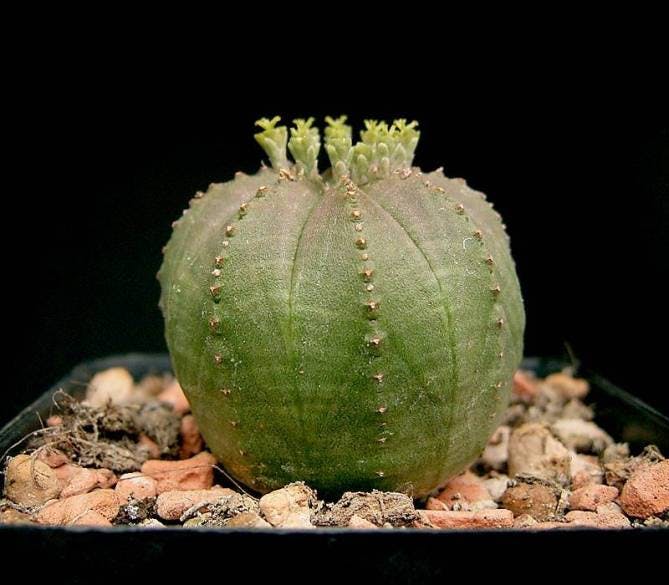
5. Baseball plant (euphorbia obesa)
At first glance, this strange, subtropical succulent hardly looks like a plant. Native to South Africa, euphorbia obesa looks more like a cloth-stitched ball than a living organism. Regular direct sunlight helps the obesa thrive, but the baseball plant requires less water than even most other succulents. It has its own built-in reservoir for storing water during periods of drought. Although the plant is thornless, you might want to avoid substituting it for an actual baseball. The diameter of full-grown adult plants averages 70% larger than a baseball’s diameter, and they’re not as tough.
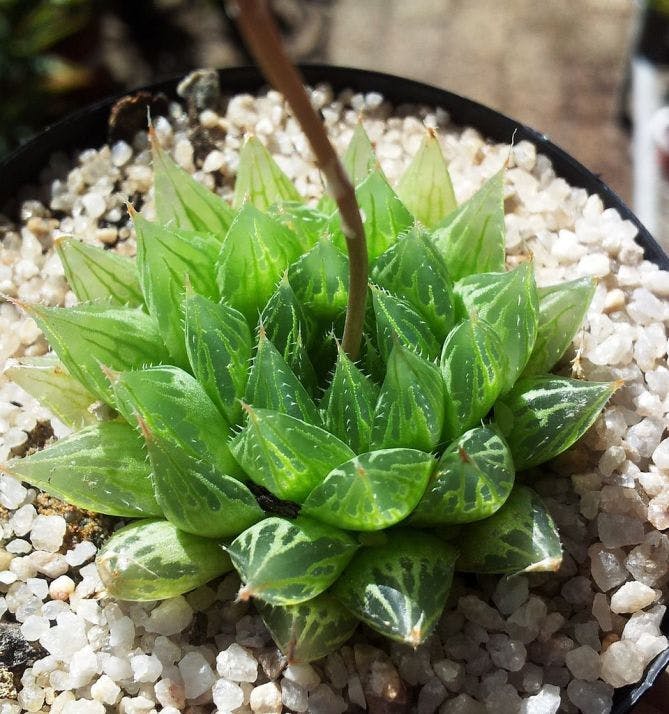
6. Haworthia cooperi
Another South African succulent, haworthia cooperi‘s reflective bulbs resemble marbled glass. As with other succulents, this ornamental plant does best with ample sun and infrequent, thorough watering. If your haworthia cooperi is getting too much sunlight or not enough water, however, it will let you know. Its translucent bulbs start to show reddish. Haworthia cooperi flower white in the summertime
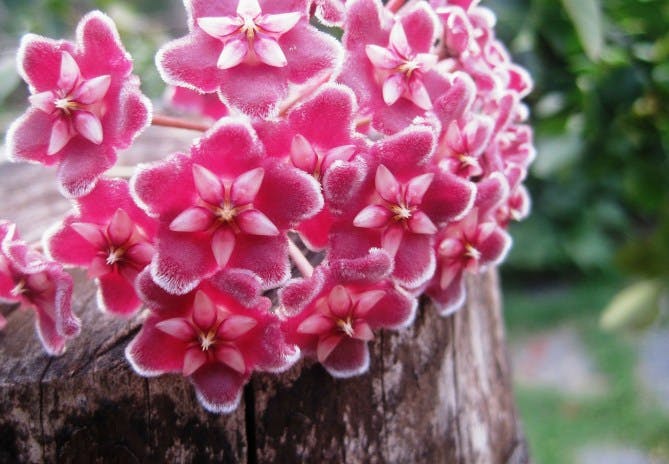
7. Waxplant (asclepiad hoya)
Native to south and southeast Asia, the waxplant requires more heat and humidity than most of the beautiful houseplants on this list. If you live in Atlanta, Austin, Houston, or South Florida, your chances of keeping one alive are high. Just given them plenty of outdoor time when the mercury is reading high and there’s plenty of moisture in the air. What makes this plant especially unique are its symmetrical blooms, which can looks as if they’ve been sculpted from wax as cake toppers.
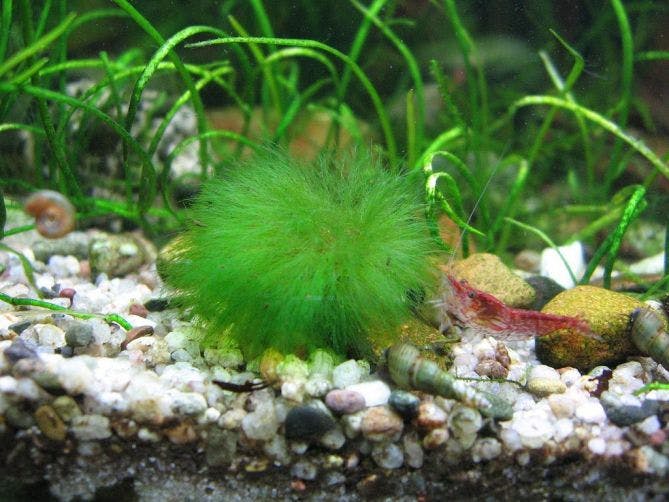
8. Marimo moss ball (aegagropila linnaei)
Most people wouldn’t jump at the chance to maintain a clump of moss in their apartment. But one look at these cute balls of algae can easily change a lot of minds. Great for aquariums, Marimo moss balls require virtually no care. All you have to do is change out the water in which they’re submersed, a task you probably already undertake for your fish.
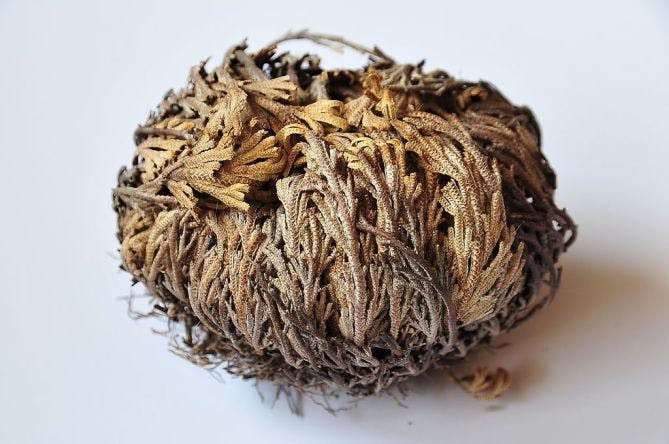
9. Resurrection plant (selaginella lepidophylla)
When you purchase a resurrection plant, it should be balled up and dried out. In order to revive the plant, all you need to do is place it in a shallow cup or bowl filled halfway with water. If alive, the plant will show signs of renewed life within minutes. After a few hours, its emerald-green fronds should spread along the surface of the bowl or cup. If you’re into time-lapse photography, this is a fun and relatively easy phenomenon to capture. Also called the “false Rose of Jericho,” this plant is easy to maintain. Simply change out water daily, and give the plant a day or two to air out every week. Unlike those magic grow capsules, resurrection plants can be revived time and time again.
10. Tillandsia abdita
The striking violet blooms this airplant generates would turn heads anywhere. That you can facilitate this miracle of nature with some five minutes of care per month is astounding. Like most airplants, tillandsia abdita need only be misted once or twice a week in the summertime. When your heater is running and the air is drier, bathe the plants by submerging them in water for two or three hours every two weeks.
11. Spiral grass plant (albuca ‘spiralis’)
Indigenous to South Africa and Africa’s eastern flank, albuca spiralis‘ stems have some of the most remarkable natural curvature found anywhere in the plant world. This plant differs from the corkscrew grass mentioned above in that the “grass” spirals are pipe-cleaner thin. While not as easy to care for as many of the beautiful houseplants on this list, albuca ‘spiralis’ can thrive indoors with proper care. To promote maximum spiraling, expose your albuca to as much sunlight as possible. Keep soil perpetually moist by watering an average of three times per week. Albuca ‘spiralis’ is a winter plant with a single flower spike that blooms yellow and green late spring before the plant goes dormant.

 View All Posts by Jason Ernst
View All Posts by Jason Ernst